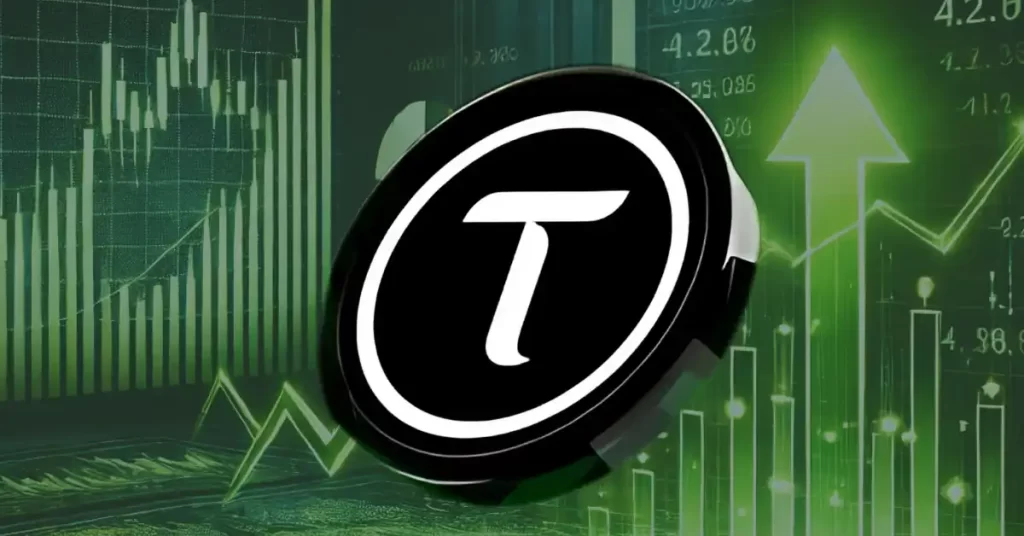Dankrad Feist, a leading researcher at the Ethereum Foundation, has recently announced that he is now part of Tempo, a layer-1 blockchain for stablecoin payment processing created by fintech giant Stripe and crypto venture capital firm Paradigm.
Feist, who has been deeply involved in Ethereum’s core research since 2018, says he will leave his full-time role at the Ethereum Foundation but will continue as a research adviser on select projects. In this position at Tempo, he will provide insights on scaling the layer-1 network, enhance user experience (UX), and use blobs that temporarily store data on the Ethereum network to free up blockspace.
He also mentioned that Tempo’s open-source technology can benefit the entire blockchain ecosystem by seamlessly integrating with Ethereum. In the meantime, it is worth noting that both Ethereum and Tempo share similar ideas of being permissionless.
Feist’s action to join Stripe’s Tempo team raises debates among individuals
Earlier, Feist, a popular Ethereum developer recognized for his crucial role in the creation of the Danksharding sharding design, which aims to improve Layer 2 scalability, expressed his excitement about remaining involved with the ecosystem and vowed to stay dedicated to pushing Ethereum forward.
Tempo is a blockchain built with payments and stablecoin flows as its core use case. Stripe and Paradigm back it and has raised substantial funding to support rapid growth.
Regarding Stripe’s latest move, the company has managed to raise around $500 million and hired one of the key developers from the Ethereum network to illustrate its strong commitment to support its new blockchain project, Tempo.
To effectively raise the funds, Tempo collected $500 million in a Series A funding round, which now values the project at $5 billion. Sources familiar with the situation revealed that the venture firm Greenoaks and Thrive Capital, led by Joshua Kushner, co-led the funding round.
The architecture is designed for high throughput, low latency, and predictable cost for transaction-heavy financial use cases such as payroll, remittances, and embedded payments.
When reporters requested comments from Feist and a representative from Stripe to acquire additional information, they declined to respond. Moreover, when they requested Greenoaks and Thrive to share their thoughts on the funding, they did not respond.
Meanwhile, individuals in the Ethereum community received the announcement with mixed reactions. Some stated that they fully support Feist’s action to join Stripe’s Tempo team, while others view this situation as a loss of one of the crucial leaders in the ecosystem in a year of major changes.
This heated debate demonstrates how the crypto community remains divided on whether it is essential to have a dedicated blockchain for stablecoins focused on payments, such as Tempo.
Considering the situation, Joe Petrich, who serves as the head of engineering at the NFT platform Courtyard, weighed in on the controversy. He acknowledged that “No one wants to see another blockchain.” Petrich made these remarks in reaction to Stripe CEO Patrick Collison’s earlier announcement about Tempo. Concerning the announcement, the CEO stated that he saw no need for yet another chain.
Crypto community questions the existence of Tempo in the ecosystem
An Ethereum Foundation researcher, Devansh Mehta, weighed in on the ongoing debate about Tempo’s existence. Mehta questioned why Tempo was developed as a specific blockchain, rather than a solution for an Ethereum layer-2 scaling.
“App-specific layer-1 chains should create their own validator set, which practically leads to centralization problems and perhaps even additional legal risks,” he said.
This debate occurs amid tension between Ethereum and its many layer-2 scaling solutions. Some believe that these solutions are stripping the Ethereum base layer’s income and putting downward pressure on the Ether price, even as they draw more users into the ecosystem.
For Tempo, recruiting Feist gives it credibility, especially on the technical and research side. His involvement signals ambition to deliver something not just as a payments blockchain, but as a serious complement to Ethereum—if integration, alignment, and interoperability are respected.
Claim your free seat in an exclusive crypto trading community - limited to 1,000 members.
















 English (US)
English (US)